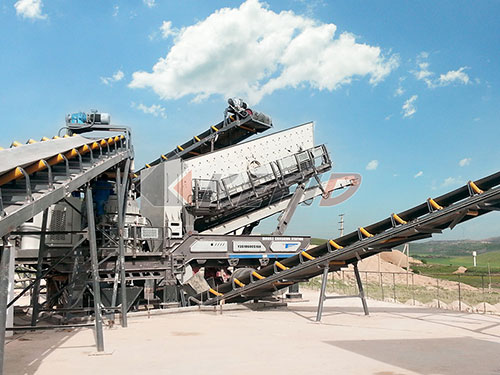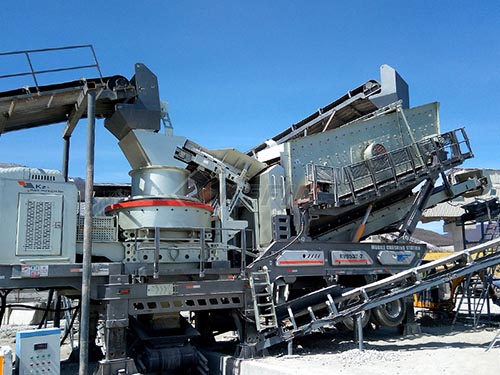Harnessing Waste, Building Stronger: Crusher Dust as a Sustainable Solution for Brick Making
The global construction industry faces immense pressure: escalating demand for building materials coupled with the urgent need for sustainable practices and resource conservation. Traditional brick manufacturing heavily relies on natural resources like clay topsoil and river sand, leading to environmental degradation through topsoil loss and riverbed mining. In this context, crusher dust, often perceived as mere quarry waste, emerges as a remarkably viable and eco-friendly alternative material for brick production.
What is Crusher Dust?
Crusher dust, also known as quarry dust, rock dust, or stone screenings, is a fine granular material produced during the crushing of rocks into aggregates of specific sizes. It’s essentially the by-product left behind after larger stones are processed for use in concrete or road base applications. Typically composed of angular particles smaller than 5mm (often predominantly below 3mm), its composition reflects the parent rock – commonly granite, basalt, limestone, or sandstone – resulting in a mix of minerals like silica, feldspar, calcite, and iron oxides.
Why Consider Crusher Dust for Bricks?

1. Abundant Waste Stream: Quarries generate vast quantities of crusher dust annually. Utilizing this material diverts it from landfills or stockpiles that pose environmental risks (dust pollution) and represent wasted potential.
2. Resource Conservation: Replacing significant portions of virgin clay or river sand with crusher dust directly reduces the depletion of these finite natural resources.
3. Cost-Effectiveness: As a readily available by-product near quarries and crushing plants, crusher dust is often significantly cheaper than transporting virgin sand or clay over long distances.
4. Enhanced Properties: When used correctly:
Strength: Crusher dust particles are angular and mechanically interlock well within the brick matrix when compacted properly. This can lead to improved compressive strength compared to bricks made solely with rounded river sand.

Durability: The inherent hardness of the rock particles contributes positively to the overall durability and abrasion resistance of the finished bricks.
Reduced Efflorescence: Being less soluble than some clay minerals or impurities found in river sand (like salts), well-washed crusher dust can potentially reduce efflorescence issues on finished bricks.
Utilizing Crusher Dust in Brick Making
Crusher dust can be incorporated into brick production through several methods:
1. Partial Replacement of

Leave a Reply